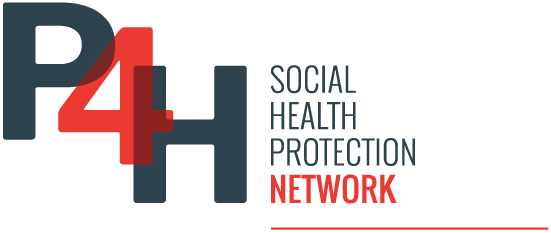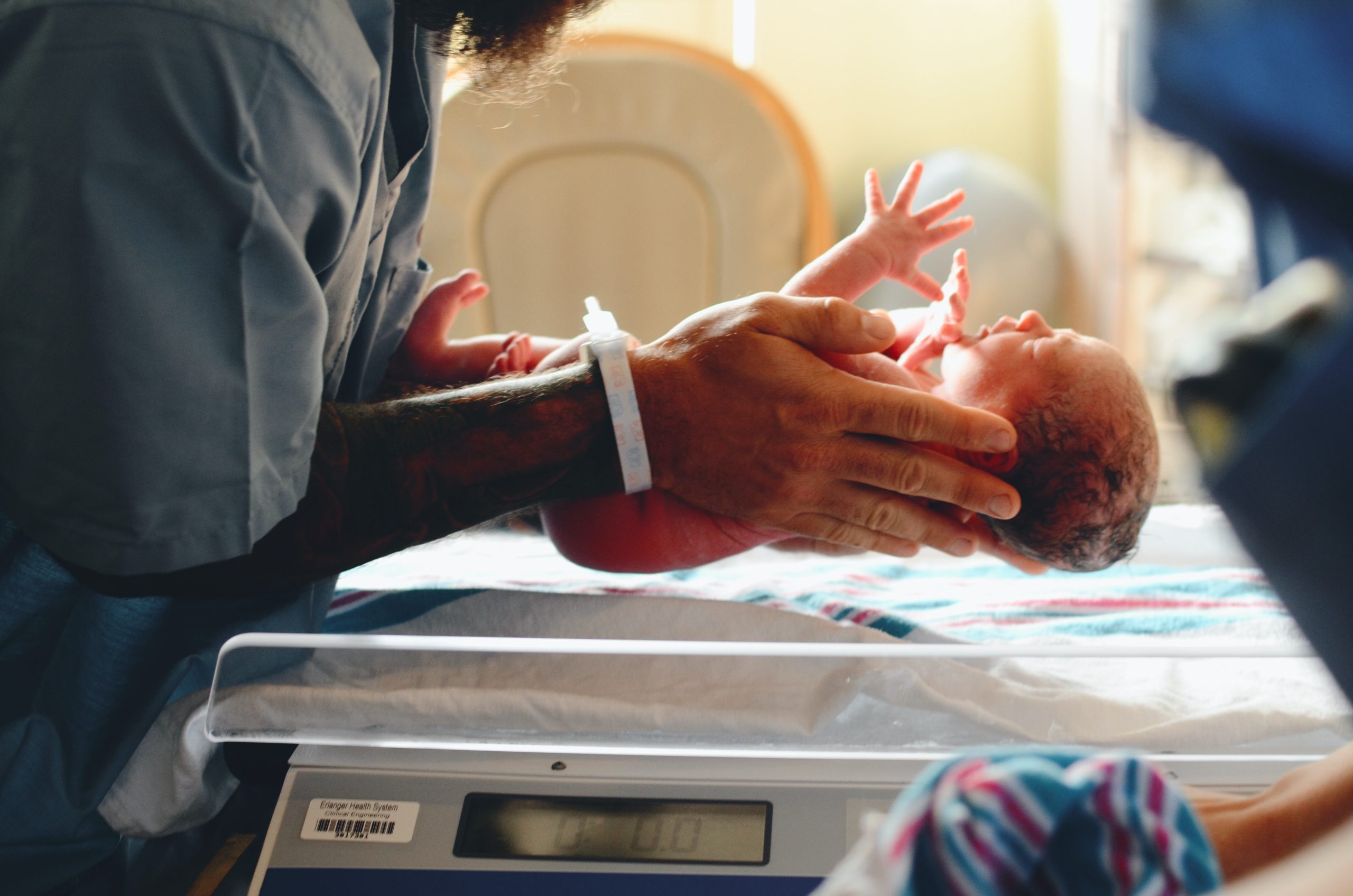India’s health care system underperforms its low- and middle-income peers. It has been seen that countries in South Asia with lower PPP-adjusted GDPs per capita have delivered better health outcomes than India has. And in terms of financial protection, Indian households pay a high 61 per cent of total health care costs out-of-pocket.
One of the major challenges is an inadequate level of investment by the Indian state and national governments in health and the extremely low levels of insurance penetration. At an aggregate level, India spends a low 3.84 per cent of GDP on health, out of which the government contribution is only 1.18 per cent of GDP, and, because of several structural rigidities, even the amounts that are allocated are not spent each year. This leaves a burdensome 2.3 per cent of GDP, or 61 per cent of the total to be spent as OOPE by Indian consumers, with insurance contributing only about 0.30 per cent of GDP.
The funds allocated towards health by the government are currently being used very poorly, leaving considerable room for improvement.
- The tax receipts are used to directly provide free health care services, with a focus on maternal and child health. While some particularly good work has been done with these limited funds, there is also a great deal of waste, inefficiency, inequity, and low quality associated with them.
- Even the Employees’ State Insurance (ESI) scheme of India, one of the most mature social insurance schemes globally, has a poor track record of providing services to its insured populations.
- Additionally, the health expenditures of the government are organized into fragmented programs and use archaic line-item budgets and input-based financing, which cannot be moved from one line item to another.
Opportunities for Improvement
- The line-item budgeting can be improved by implementing better data systems along with an increased level of flexibility given to local decision-makers for moving between line items.
- Implementing a purchaser-provider split arrangement wherein the annual budgetary allocations to health are not transferred directly to ministries of health but are instead given to intermediary organisations which in turn pay providers on an outcome basis.
- Another potential performance improvement measure could be to considerably enhance the use of technology within the existing government-managed delivery systems.
This article is written by Tarun Khanna, Nachiket Mor, and Sandhya Venkateswaran
Read more here


